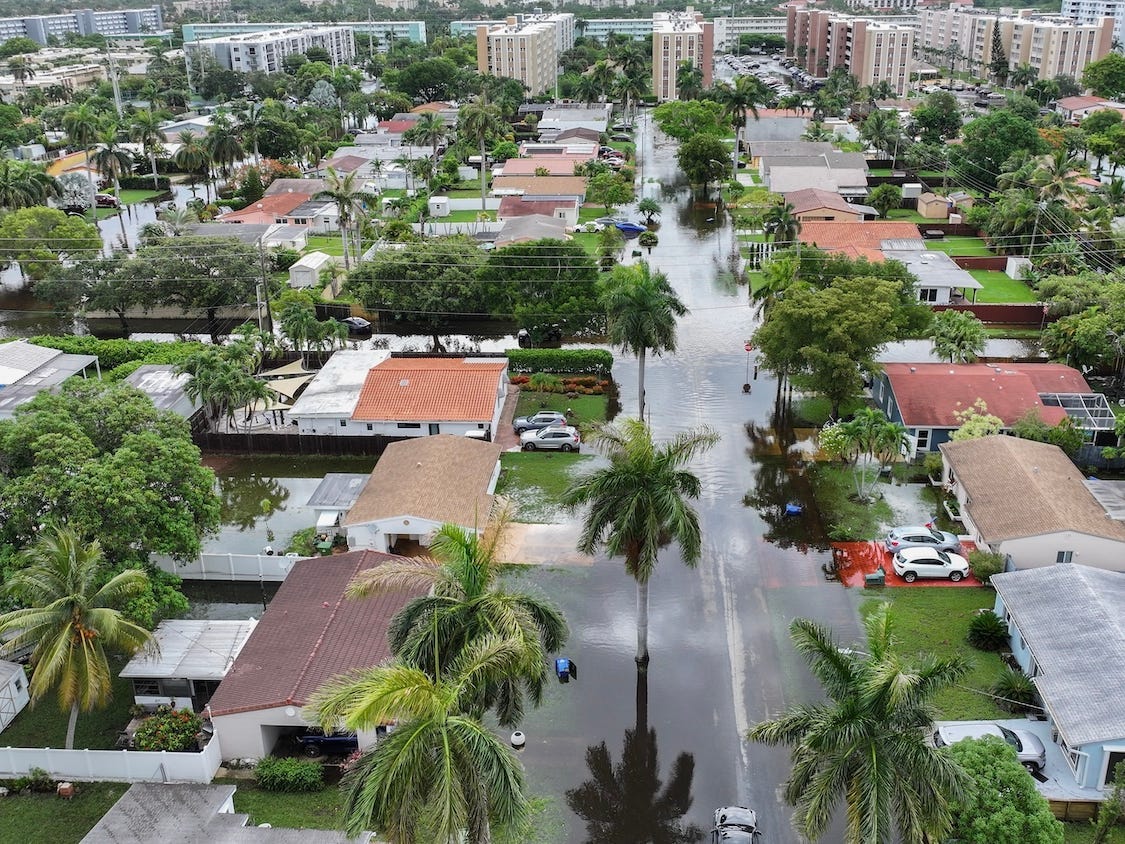Migration to High-Risk Areas: A Growing Trend
The allure of Texas and Florida as relocation destinations remains strong, but many movers are trading lower taxes and affordable housing for increased exposure to flooding and wildfires.
Migration Patterns
According to a recent report by Redfin, tens of thousands more people moved into flood- and fire-prone areas of the US in 2023 than moved out. This trend was primarily driven by migration to Texas and Florida.
Counties with the highest wildfire risk saw a significant influx of 63,365 new residents, largely due to population growth in Texas. Similarly, counties at high risk of flooding gained 16,144 new residents, primarily in Florida.
In contrast, counties with the lowest risk of fires and flooding experienced population declines. Redfin found that net 38,401 people moved out of low-fire-risk counties, while 6,892 moved out of low-flood-risk counties.
Underlying Factors
This trend is not isolated. Redfin’s 2021 report revealed that counties most at risk of extreme heat saw population growth of almost 5% between 2016 and 2020. The pandemic also fueled this migration as people sought lower-density areas.
Affordability concerns and a lower cost of living are major drivers of this migration. Movers prioritize these factors over climate and environmental issues.
Long-Term Risks
While lower living costs may be attractive in the short term, the risks associated with living in high-risk areas can be substantial. Daryl Fairweather, Redfin’s chief economist, emphasizes that individuals tend to prioritize immediate benefits over long-term costs and underestimate the risks of climate change.
The increasing frequency and intensity of extreme weather events, such as hurricanes, wildfires, and floods, are making these risks more tangible. They are also driving up home insurance premiums and leading to insurers withdrawing from certain regions.
Policy Considerations
Most Americans prefer living in low-risk areas. However, a recent Redfin survey indicates that 28% may consider living in higher-risk areas if it means finding an affordable home.
Lower-income Americans are disproportionately affected by living in flood- and fire-prone areas. Climate change exacerbates this disparity, with Black residents in Southeastern states facing increased risks.
Policymakers are exploring ways to address this issue. The Brookings Institution recommends factoring climate risk into mortgage rates and property insurance premiums. State and local governments can mandate property risk disclosure and impose higher taxes on riskier properties.
Zoning and land-use regulations can also be reformed to encourage dense development in safer areas and discourage sprawl in high-risk areas.



